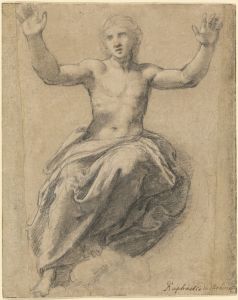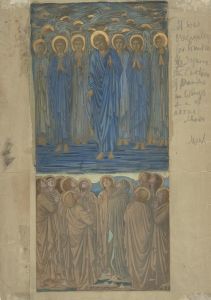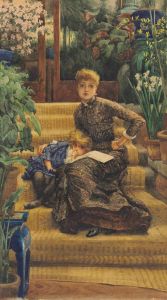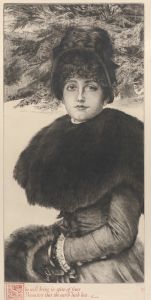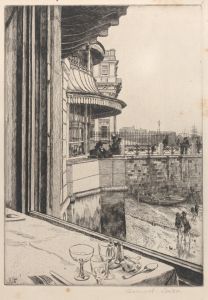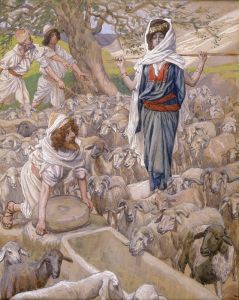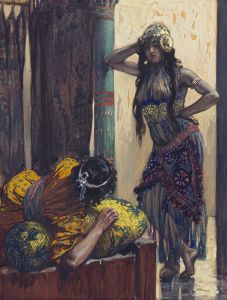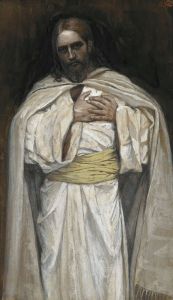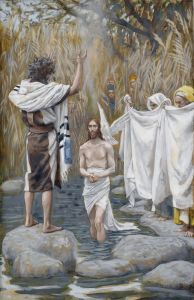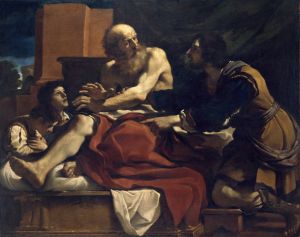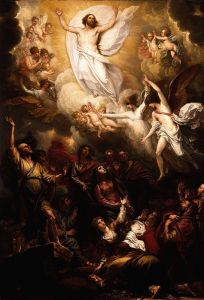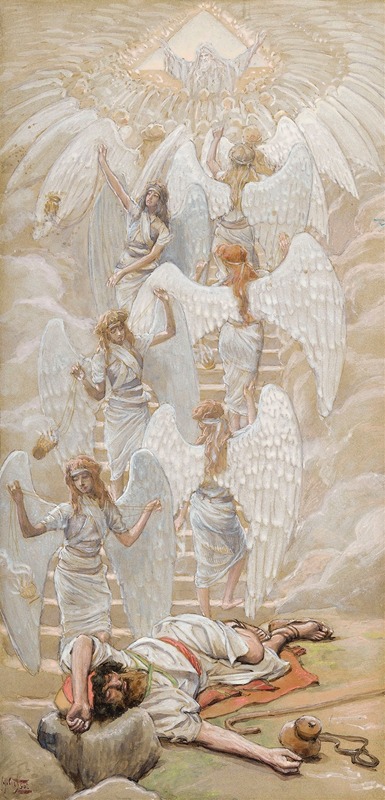
Jacob’s Dream
A hand-painted replica of James Tissot’s masterpiece Jacob’s Dream, meticulously crafted by professional artists to capture the true essence of the original. Each piece is created with museum-quality canvas and rare mineral pigments, carefully painted by experienced artists with delicate brushstrokes and rich, layered colors to perfectly recreate the texture of the original artwork. Unlike machine-printed reproductions, this hand-painted version brings the painting to life, infused with the artist’s emotions and skill in every stroke. Whether for personal collection or home decoration, it instantly elevates the artistic atmosphere of any space.
"Jacob's Dream" is a painting by the French artist James Tissot, created in the late 19th century. James Tissot, born Jacques Joseph Tissot on October 15, 1836, in Nantes, France, was a painter and illustrator known for his detailed and often narrative style. He initially gained recognition for his depictions of contemporary life in Paris and London, but later in his career, he turned to religious themes.
"Jacob's Dream" is part of Tissot's extensive series of biblical illustrations. This particular painting depicts the biblical story of Jacob's dream, as recounted in the Book of Genesis, chapter 28, verses 10-19. In the narrative, Jacob, the son of Isaac and the grandson of Abraham, is traveling from Beersheba to Haran. During his journey, he stops to rest for the night and uses a stone as a pillow. While sleeping, Jacob dreams of a ladder reaching from the earth to heaven, with angels ascending and descending on it. In the dream, God stands above the ladder and reiterates the covenant made with Abraham, promising Jacob that his descendants will inherit the land and be numerous.
Tissot's interpretation of this scene is characterized by his meticulous attention to detail and his ability to convey the spiritual significance of the moment. The painting captures the ethereal and divine nature of Jacob's vision, with the ladder extending into the heavens and the angels depicted in a graceful and otherworldly manner. The use of light and color in the painting enhances the dreamlike quality of the scene, emphasizing the contrast between the earthly realm where Jacob lies and the heavenly realm he envisions.
James Tissot's religious works, including "Jacob's Dream," were part of a larger project he undertook after experiencing a religious awakening in the 1880s. He dedicated the latter part of his career to illustrating the Bible, producing a series of watercolors that were later published as "The Life of Christ" and "The Old Testament." These works were highly regarded for their historical accuracy and artistic merit, and they contributed to Tissot's reputation as a significant religious artist of his time.
"Jacob's Dream" reflects Tissot's commitment to capturing the essence of biblical stories with both reverence and artistic skill. The painting is part of the collection at the Jewish Museum in New York, which houses a number of Tissot's biblical illustrations. Through his work, Tissot aimed to provide viewers with a visual representation of the sacred texts, making the stories accessible and engaging to a broader audience.
Overall, "Jacob's Dream" by James Tissot is a notable example of the artist's religious oeuvre, showcasing his ability to blend narrative detail with spiritual depth. The painting remains an important piece within the context of 19th-century religious art and continues to be appreciated for its artistic and historical significance.





